Navigating MyCare
for stroke
A stroke is a medical emergency.
If you or a loved one are experiencing signs of a stroke, act quickly. The faster you seek medical care for stroke, the better the chance of recovery.
Stroke care is different for each patient. However, patients will follow some of the same steps in the process. These steps are outlined below in a care pathway meant to help patients and families understand their care journey, and how they can help prepare in the event of a stroke.
Your care pathway
-
Arriving at Sunnybrook
What happens when you arrive at Sunnybrook, and types of stroke.
-
Factors for treatment
Learn about the different treatment options for stroke.
-
Care during your stay
What to expect during your stay.
-
Leaving Sunnybrook
Information about your transition plan for when it’s time to leave Sunnybrook.
Arriving at Sunnybrook

Know before you go
For family or friends accompanying or assisting the patient, knowing the following information can help assist health care teams with the patient’s care and assessment:
- Time the patient’s symptoms started or the time they were last known to be well.
- Current list of medications.
- Allergies to any medication(s).
- Allergies to iodine-based dye, called contrast, that is used in CT scans (a type of specialized x-ray to help doctors see inside the brain or body).
- Is the patient on blood-thinners, including aspirin?
- Any major medical problems of concern.
- Patient history of trauma, heart disease, or recent surgeries.
The Emergency Department (ED)
Once a patient arrives in the emergency department for stroke, they will be assessed for time- sensitive specialized stroke treatments:
- TNK (Tenecteplase): a medication that can help break down blood clots that are interrupting blood flow to the brain
- EVT (endovascular thrombectomy): surgery to remove clots.
The patient will be cared for by an interprofessional team with stroke expertise. This include stroke neurologists, nurses, and acute stroke coordinators.
The patient will undergo a full assessment for stroke. The team will monitor blood pressure, heart rate and oxygenation, may insert an intravenous line, and order tests that can include brain scans and blood work. Other procedures, surgeries, or treatment will occur as necessary. During this time, family and/or visitors will be asked to wait. A member of the team will provide waiting family members with an update, as appropriate.
When a patient is already in the hospital and experiences a stroke, the patient will be referred to the stroke team for stroke assessment.
Types of stroke
A stroke happens when the blood supply to any part of your brain is stopped. Damage to brain cells happens very quickly (within minutes), so it is important to get medical help immediately.
Mild stroke or TIA, also known as transient ischemic attack
Blood flow is temporarily interrupted to the brain. Signs and symptoms of this type of stroke last for several minutes to 24 hours and then disappear. TIA could indicate a stroke may follow and patients who have had a TIA are more likely to have a stroke than those who have not. It is important to seek care even if symptoms resolve.
Ischemic stroke
Is caused by a blockage or clot in a blood vessel in the brain
Hemorrhagic stroke
Is caused by a bleed from one of the blood vessels of the brain when a blood vessel suddenly leaks or ruptures inside the brain.
Factors for treatment

Determining the right treatment
The stroke care team will determine:
- Which type of stroke has occurred
- If medication or surgery is needed for treatment. This is dependent on timing and the type of stroke.
- Next steps for follow-up treatment
Some patients will require medication, while others may require surgery. Some patients will receive both medication and undergo a surgical procedure.
Medication
If stroke symptoms are severe and treatment is being received within four and a half hours, a clot-busting medication called Tenecteplase (TNK) may be administered, which can potentially help restore blood flow and limit disability following stroke.
Surgery
If a patient is experiencing blockage of a large blood vessel in their brain, the stroke care team will determine if EVT is required. This stroke treatment removes stroke-causing clots and potentially improves patient outcomes. Alternatively if the stroke is caused by bleeding in the brain, the patient could be eligible for other procedures or surgeries that could relieve pressure on the brain.
According to Ontario's Acute Stroke Protocol Memorandum of Understanding (MOU), if a stroke patient comes from or bypasses another hospital and is not a candidate for TNK or EVT, the stroke team will move (repatriate) the patient to a hospital closer to home that has a stroke unit to continue care.
During your stay

The neurovascular unit (NVU)
An interprofessional team cares for stroke patients in order to safely transition out of hospital. This team includes:
- Stroke neurologists
- Physician fellows
- Physician residents
- Pharmacist
- Registered nurses (RN)
- Clinical nurse specialists (CNS)
- Occupational therapists (OT)
- Physiotherapists (PT)
- Social workers
- Speech language pathologists (SLP)
- Registered dietitian
- Nutrition technician
- Spiritual care provider
- Patient services partner (PSP)
- Patient administrative associates (PAA)
- Clinical learners
- Volunteers
Stay connected to your health records
Register for MyChart
Critical care to stroke unit
Patients are transferred from critical care to the stroke unit, after TNK and/or EVT when the patient is considered medically stable.
Length of stay
Your stay depends on the severity of stroke and your rehabilitation needs. Although it is difficult to predict how long it will take to recover, a hospital stay can vary from a few days to several weeks.
Leaving Sunnybrook

About your hospital discharge
When your specialized stroke care is complete, your stroke team will help you plan for leaving Sunnybrook. This process is called being “discharged.” Depending on your individual needs there are a few options as to where you may go. This may involve:
- Repatriation to local hospital
- In-patient rehabilitation
- Home + outpatient rehabilitation or other outpatient services
- Other health facility or unit
- Stroke prevention clinic
Repatriation to local hospital
Stroke patients can sometimes be transferred to Sunnybrook for the regional stroke care they can provide (i.e. neurovascular intervention) that their community hospitals cannot provide. Once a patient no longer requires specialized care at Sunnybrook as determined by the interprofessional team, they will be repatriated to the hospital closer to their home with a stroke unit for their care to continue. Patients can be repatriated at any point of their stroke journey, including from the ED, critical care or stroke unit.
In-patient rehabilitation
The in-patient stroke rehabilitation team at a rehabilitation centre provides care and support to help patients achieve their goals and regain as much independence as possible to transition back to living in the community. This may involve individual or group activities.
Home and outpatient rehabilitation/services
Many people recover best at home and may require additional support for their health care needs at home with outpatient rehabilitation services at a rehabilitation centre.
Other health facility or unit
Patients may require continued care and transition to a long-term care facility.
Stroke prevention clinic
Stroke patients will be referred to a stroke prevention clinic after their hospital stay. Follow-up appointments may include blood tests, brain scans, as well as education on stroke prevention strategies and managing the effects of a stroke. This is an important part of the care pathway to support reducing the risk of having another stroke.
Community resources and rehabilitation centres
Download the Stroke Recovery Guide (PDF) »
(a resource by the Toronto Stroke Networks)







